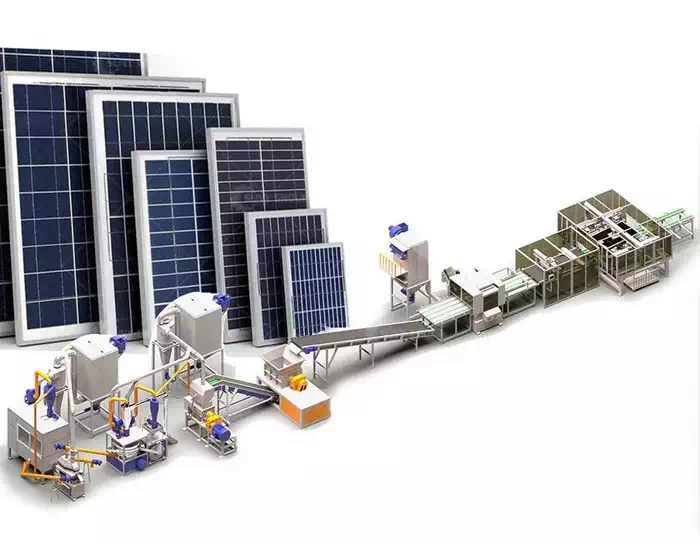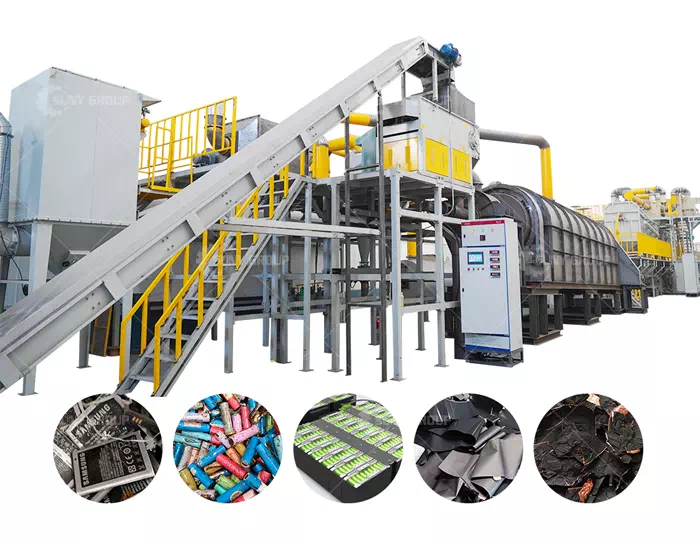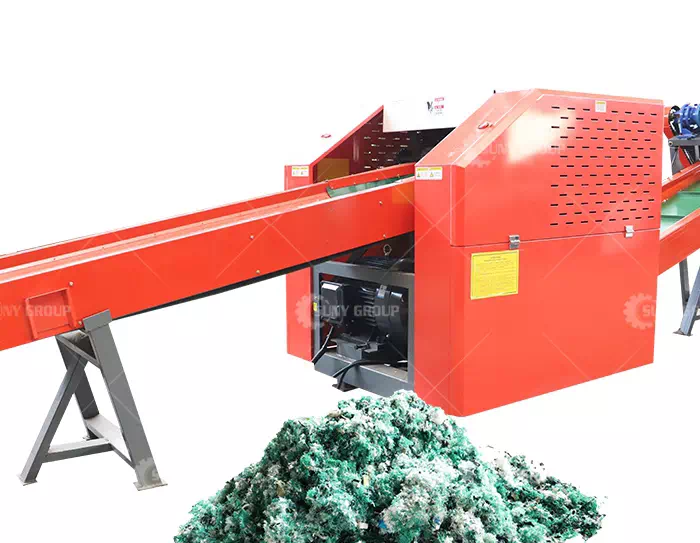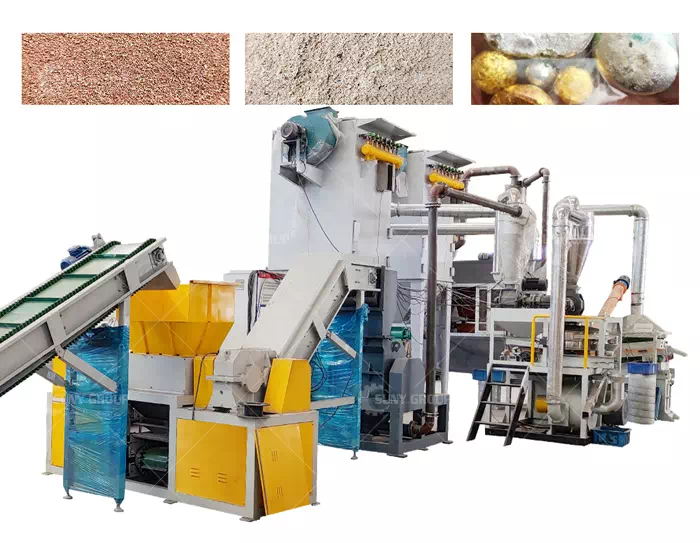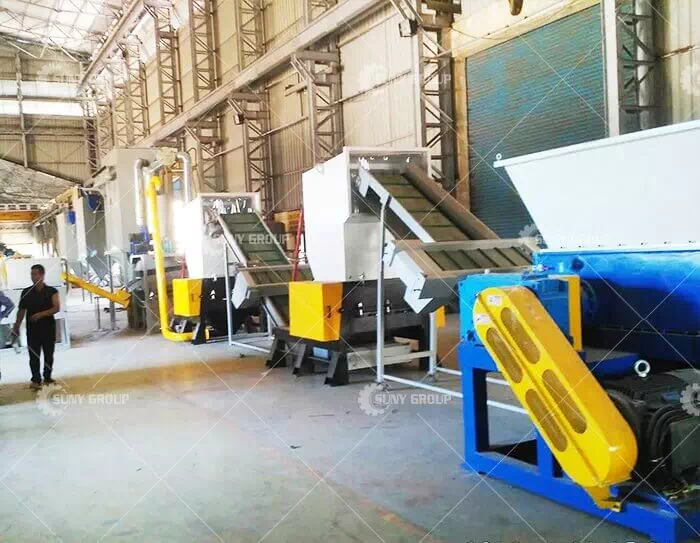Inventory of E-waste Recycling Equipment: A Comprehensive Guide
With the rapid development of technology, electronic waste (e-waste) is increasing and becoming one of the serious environmental and economic challenges facing the world. To meet this challenge, efficient, environmentally friendly, and cost-optimized recycling processes are critical. The core of these processes lies in professional e-waste recycling equipment. These devices not only recover valuable materials but also effectively reduce environmental pollution.
Collection and sorting of equipment
The first step in e-waste recycling is collection and sorting. This stage relies on specialized equipment such as conveyor belts, automated sorting systems, and manual sorting stations, which play a vital role in the process. This equipment efficiently separates different types of materials, including plastics, metals, glass, etc., thus laying the foundation for subsequent recycling processes.
Shredding Equipment
Shredding is a key step in the e-waste recycling process, preparing waste electronics for subsequent processing by breaking them into smaller, more manageable pieces. Industrial shredders are designed to handle all types of e-waste, including metal casings, circuit boards, and plastic casings.
Common shredding equipment includes:
Single Shaft Shredders - Suitable for controlled shredding and are typically used to shred materials such as plastics.
Twin Shaft Shredders - Suitable for larger or more robust materials and are more efficient.
Quadruple Shaft Pulverisers - provide finer pulverization, ensuring that the material is ready for subsequent separation processes.
These shredders provide consistent performance and improve overall recycling efficiency while reducing equipment downtime.
Separation Equipment
After shredding, e-waste requires further separation to separate the different materials. Advanced separation equipment ensures high recovery rates and higher material purity. Common separation technologies include:
Magnetic separators: used to extract ferromagnetic metals such as iron and steel from mixed waste.
Eddy current separators: use a magnetic field to separate non-ferrous metals (e.g. aluminum, copper) to achieve metal recovery.
Airflow Separators: Separate lighter materials (e.g. plastics) from heavier metal components using an airflow.
Electrostatic separators: The separation of mixed materials is achieved by utilizing differences in electrostatic attraction or repulsion between materials.
These separation devices work in tandem to ensure that the recycling process is efficient in extracting precious materials such as metals and plastics and minimizing impurities.
Precious Metals Material Recovery Equipment
Material recovery equipment specializes in the extraction and refining of valuable resources from e-waste, particularly precious metals. This type of equipment includes:
Smelters: used to recover precious metals such as gold, silver, and platinum from circuit boards and other components.
Chemical Recovery Units: Chemical methods are used to dissolve and separate precious metals, ensuring that waste is minimized in the recovery process.
These advanced equipment not only help in the recycling of resources but also bring significant economic benefits to the recycling companies.
Success Stories: Application of Advanced Equipment
Professional e-waste recycling equipment is widely used in some large-scale recycling plants. By integrating advanced shredding, separation, and material recovery equipment, these plants can process thousands of tonnes of e-waste per year. Through the application of this equipment, they achieve:
Significantly shorter processing times: Highly efficient equipment makes it possible to process waste materials much faster.
Higher metal and plastics recovery rates: Maximum extraction of valuable resources through efficient separation technology.
Reduced operating costs: automated equipment and energy-efficient design reduce labor requirements and energy consumption.
Investing in state-of-the-art equipment is a critical step for companies looking to enter the e-waste recycling industry or improve the efficiency of their existing operations. By adopting these technologies, companies can not only improve operational efficiency but also effectively reduce costs and make a positive contribution to environmental protection. If you are interested in the latest recycling equipment, please feel free to contact us.
Recommend products
CONTACT US:
If you have any requirement or suggestion, please fill in the form and send to us, thanks!E-mail:sunymachine@gmail.com | Whatsapp:+8613674945231


